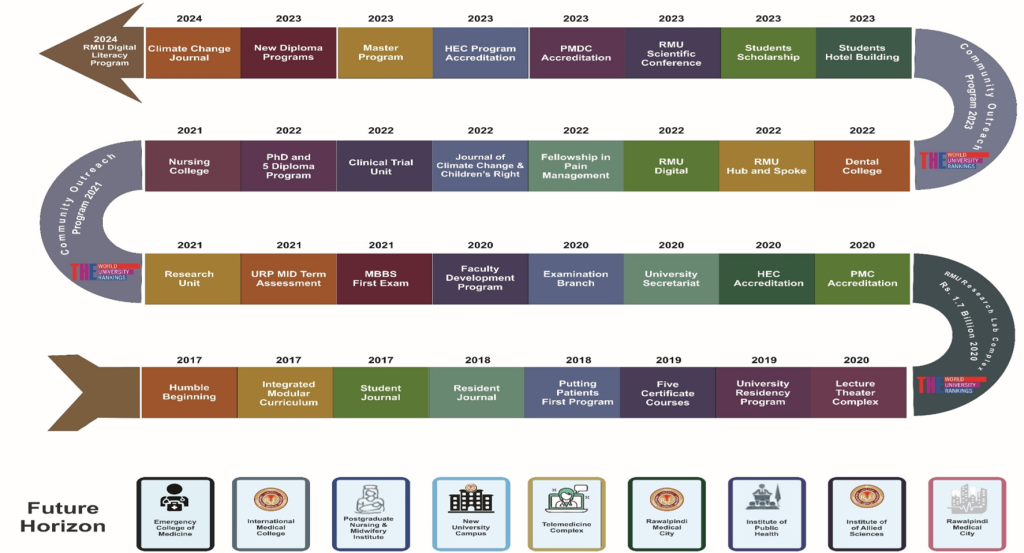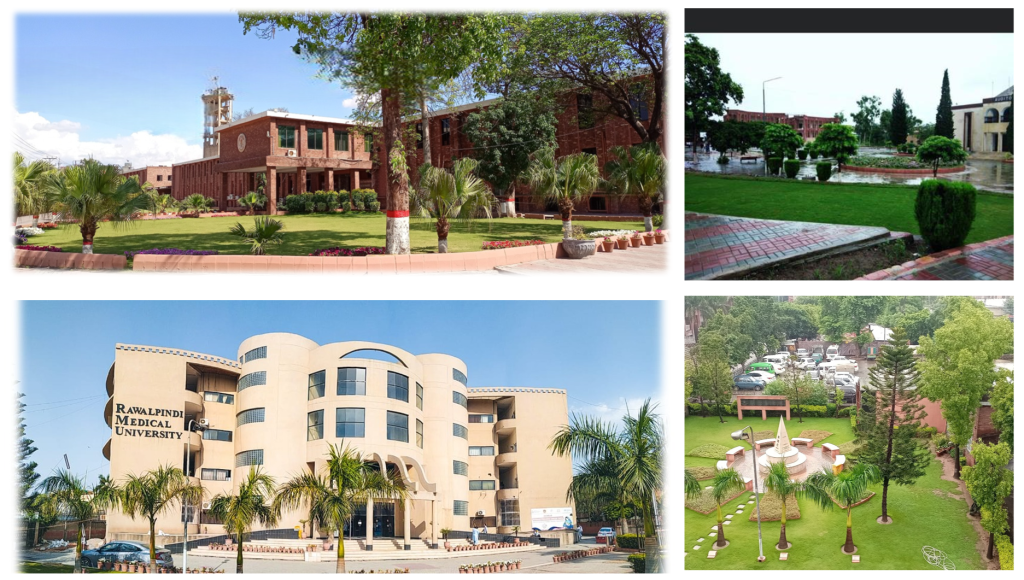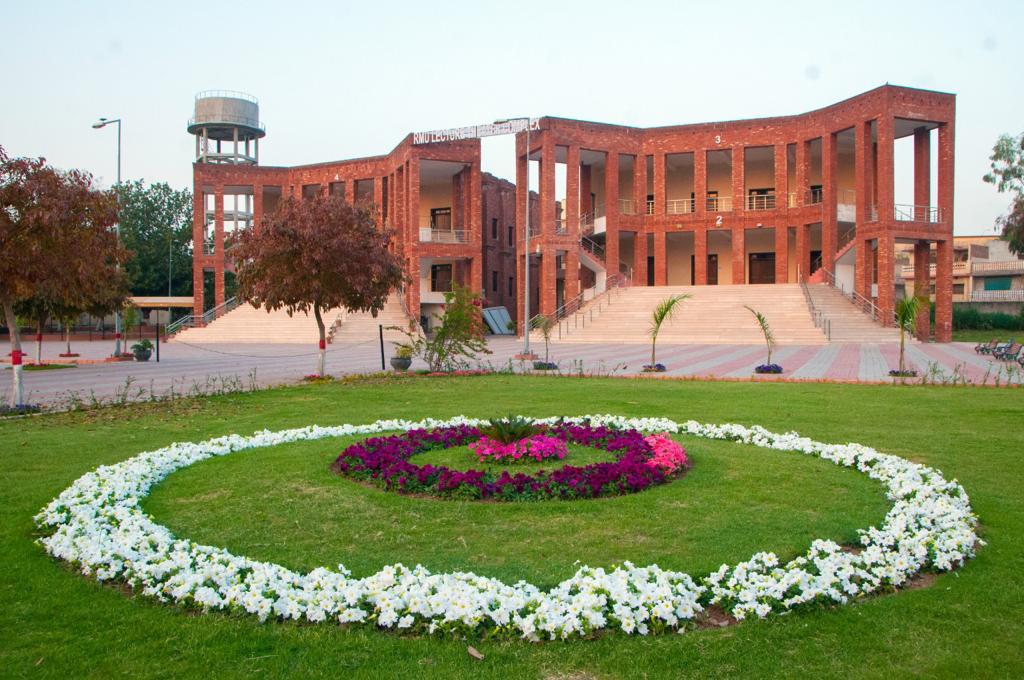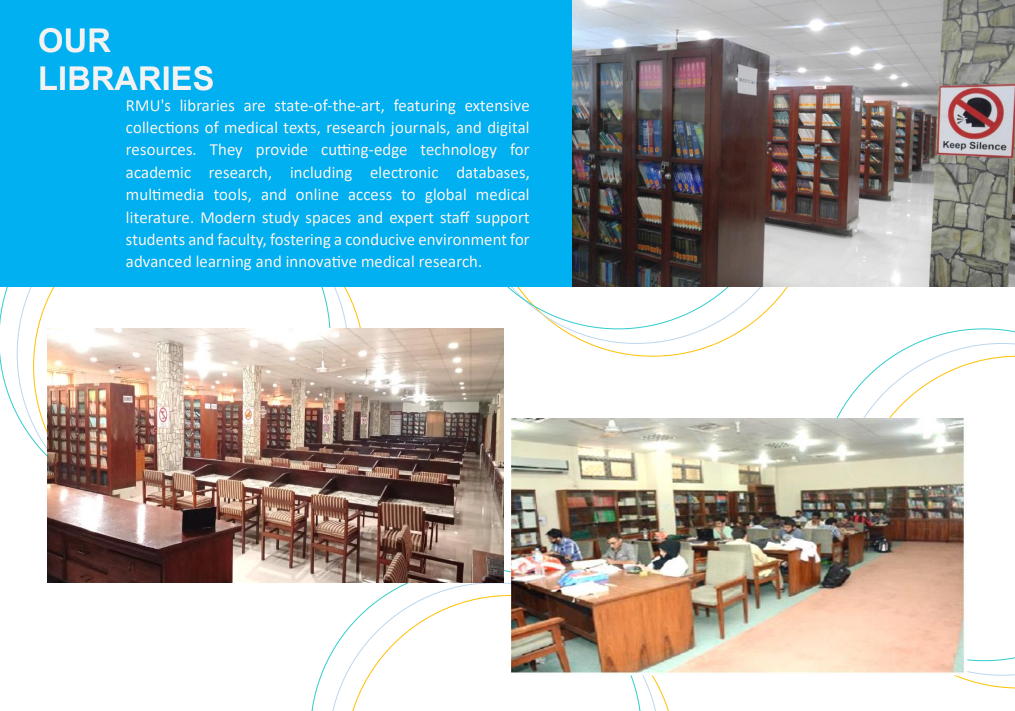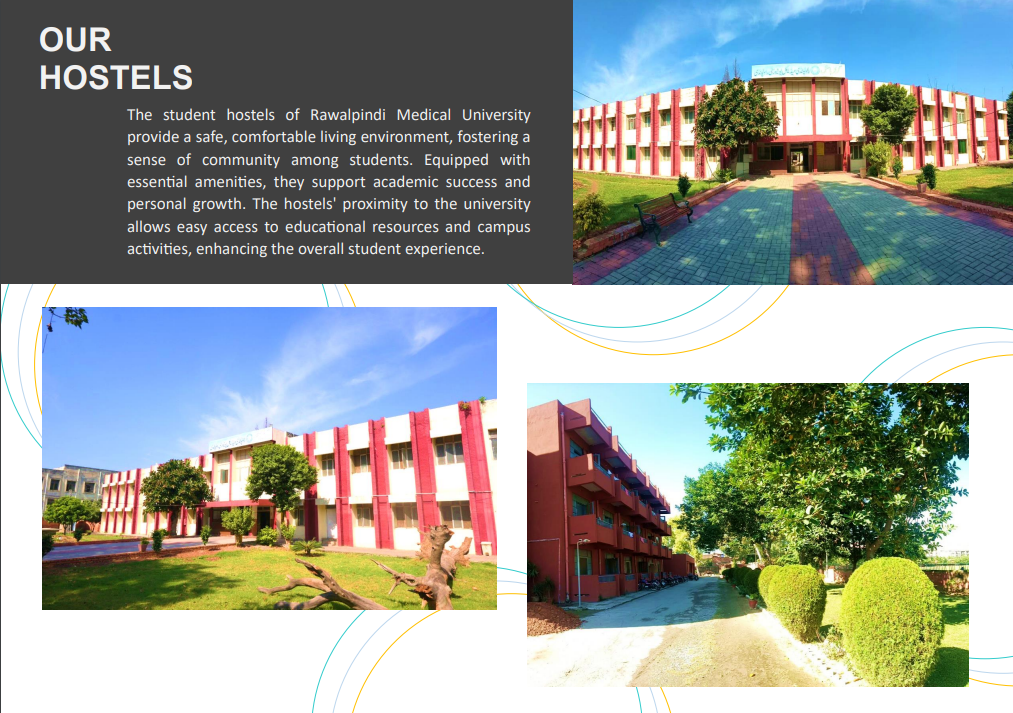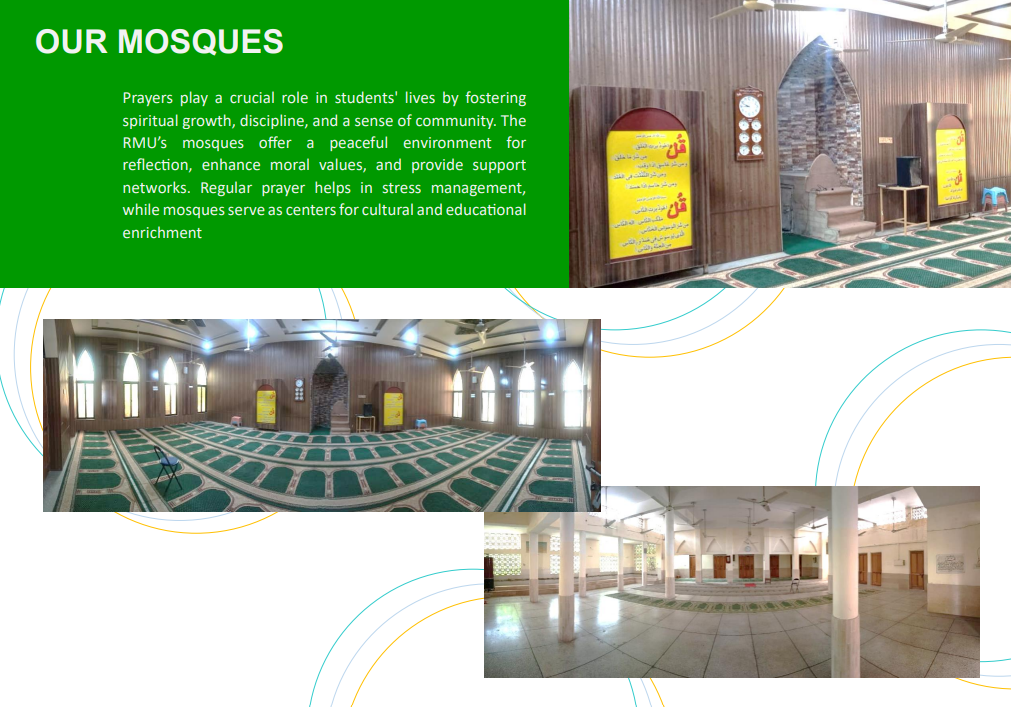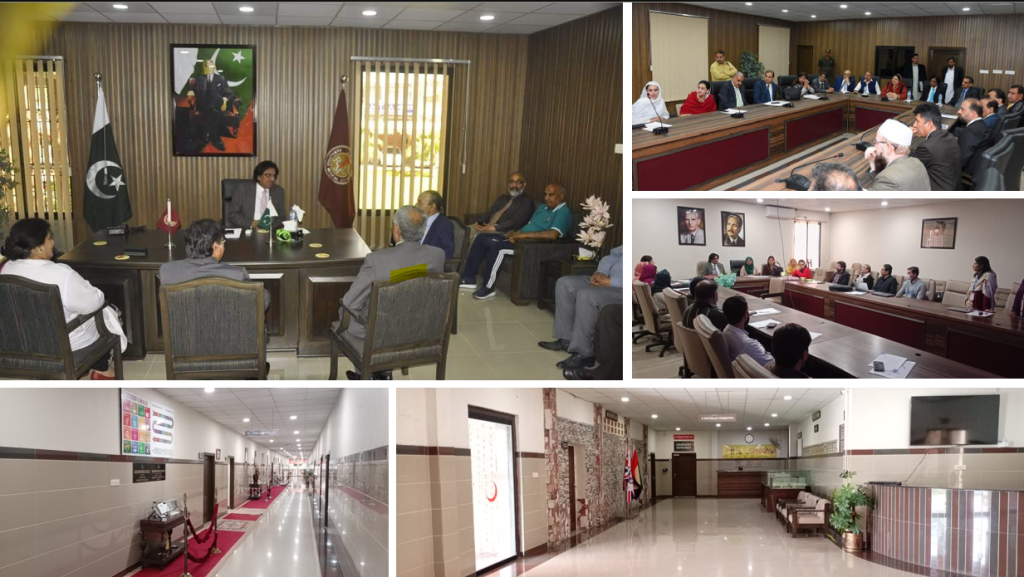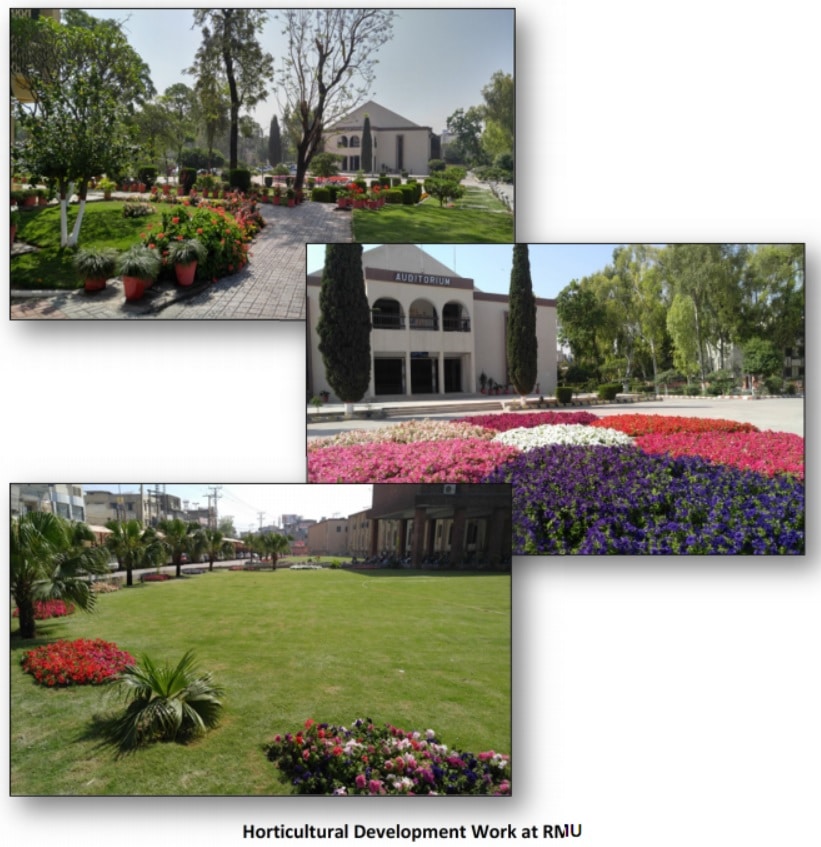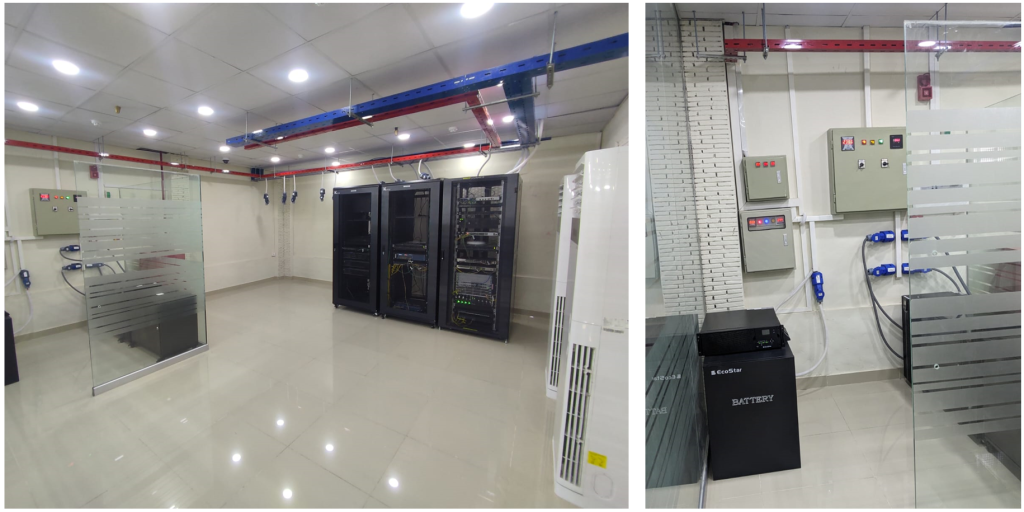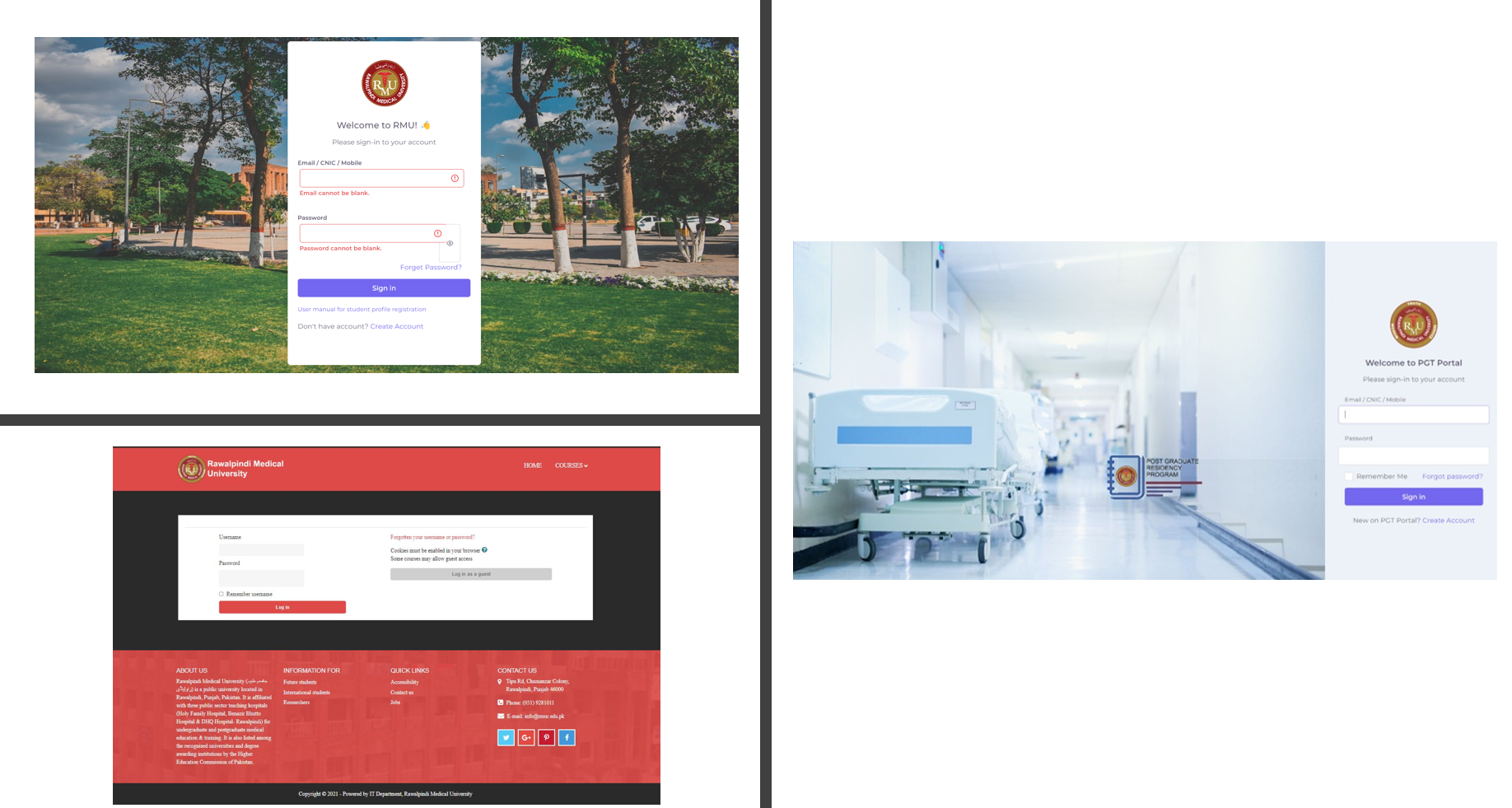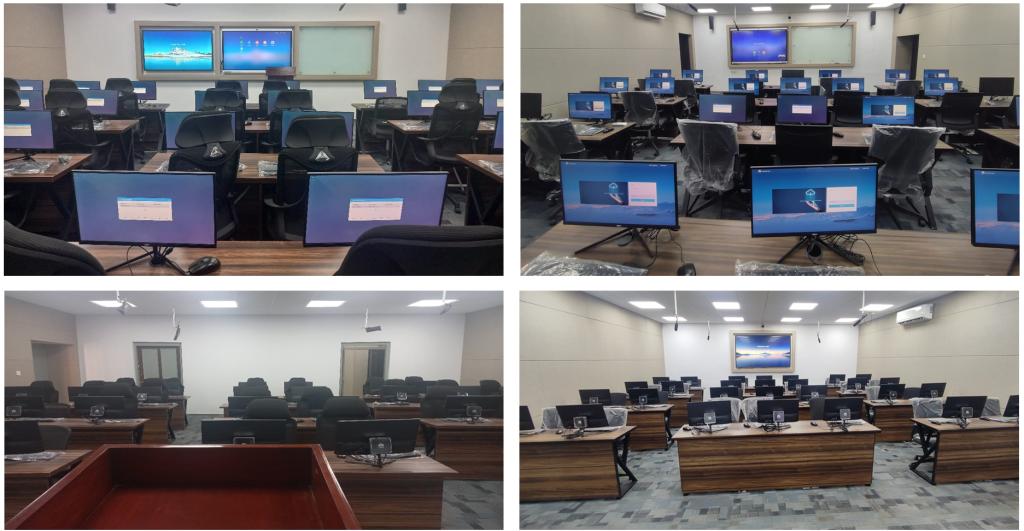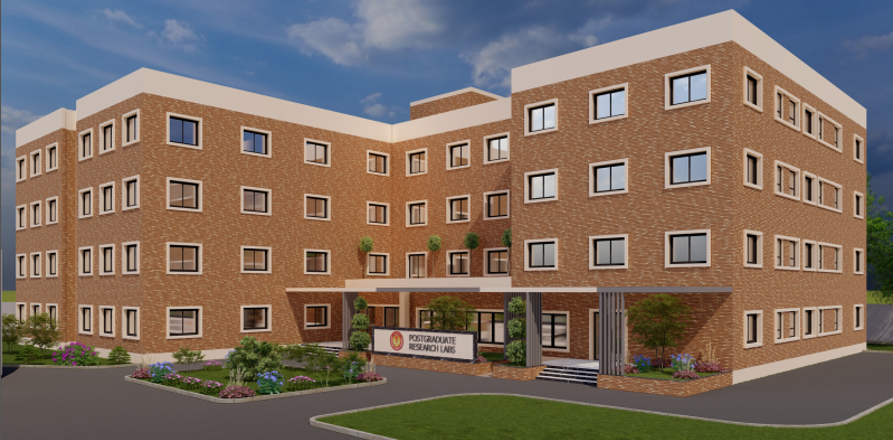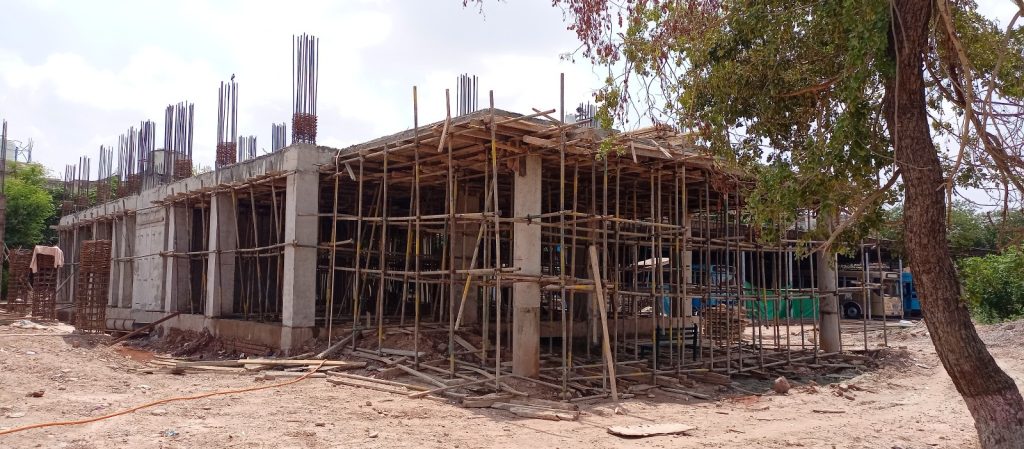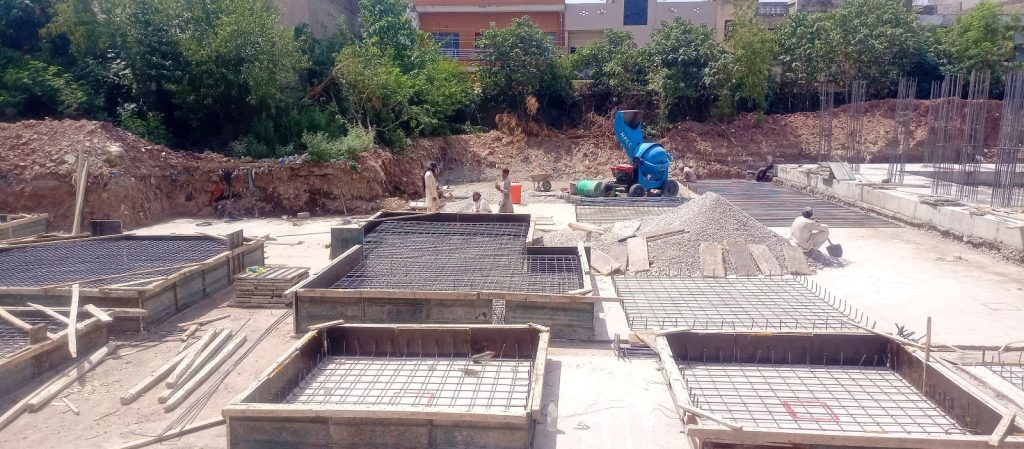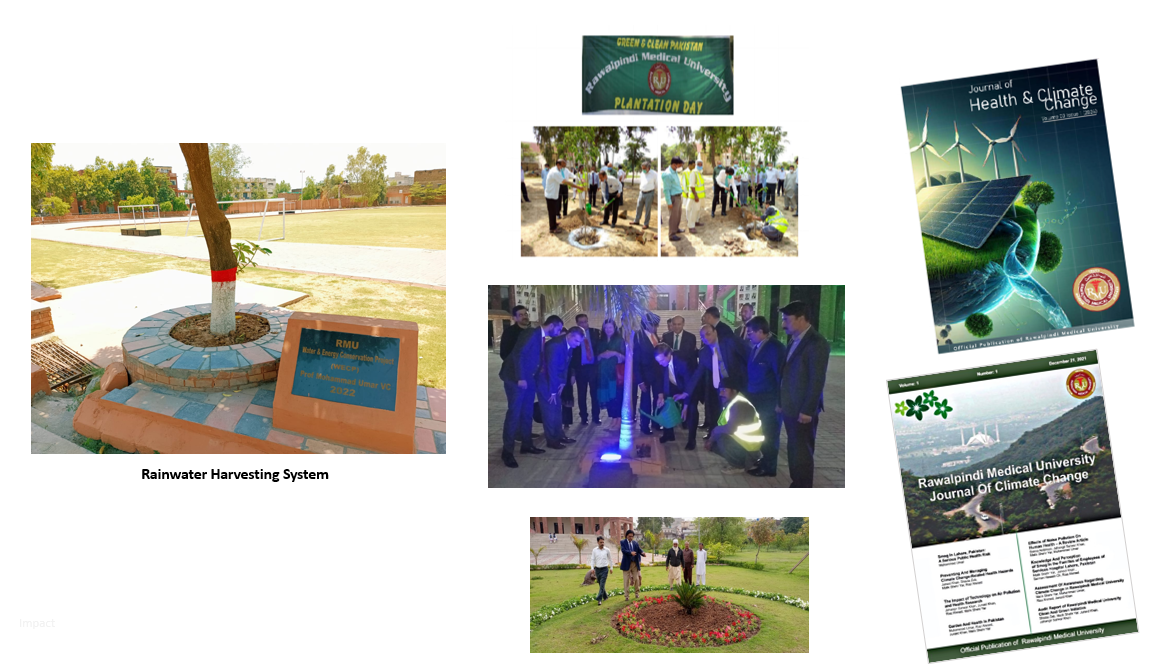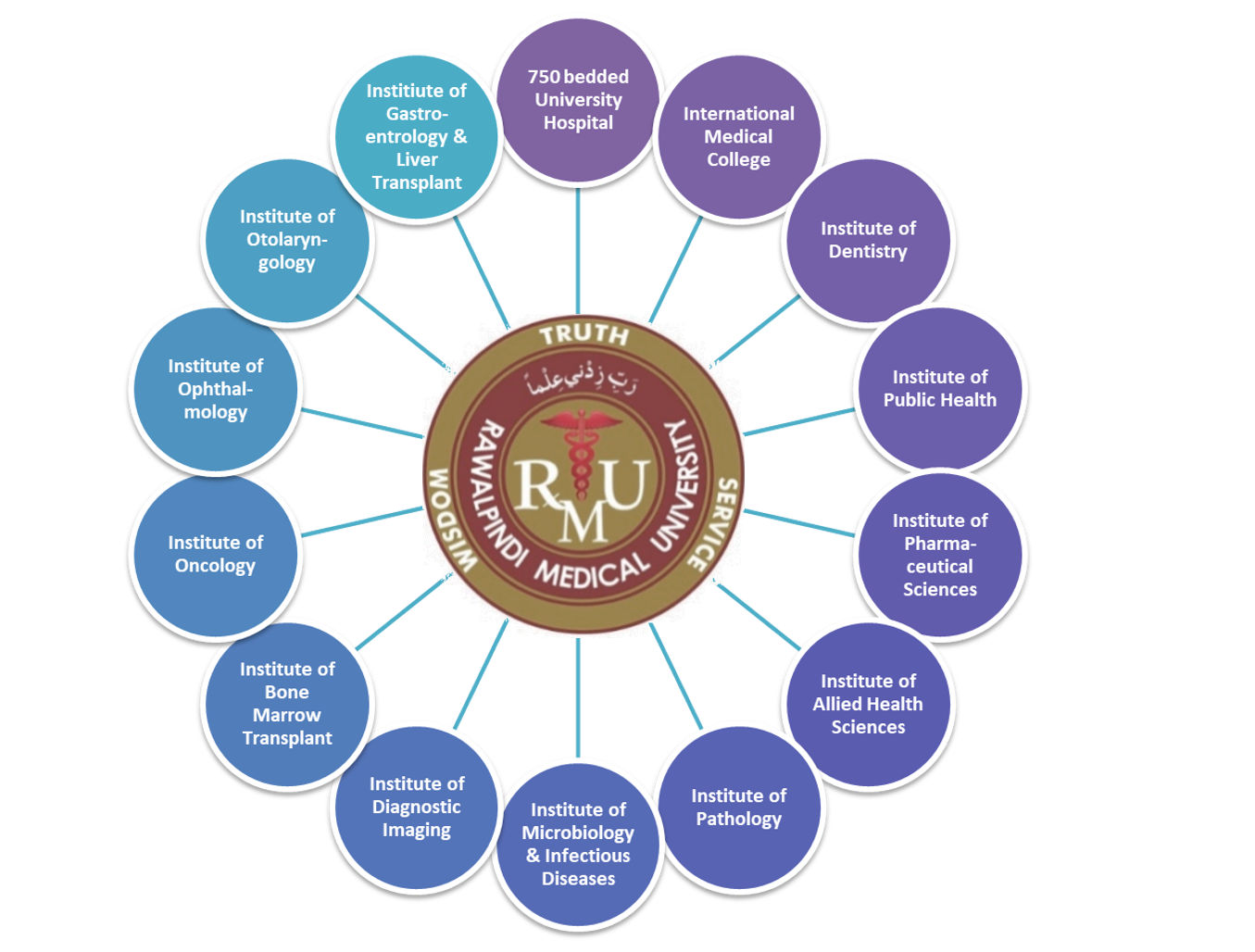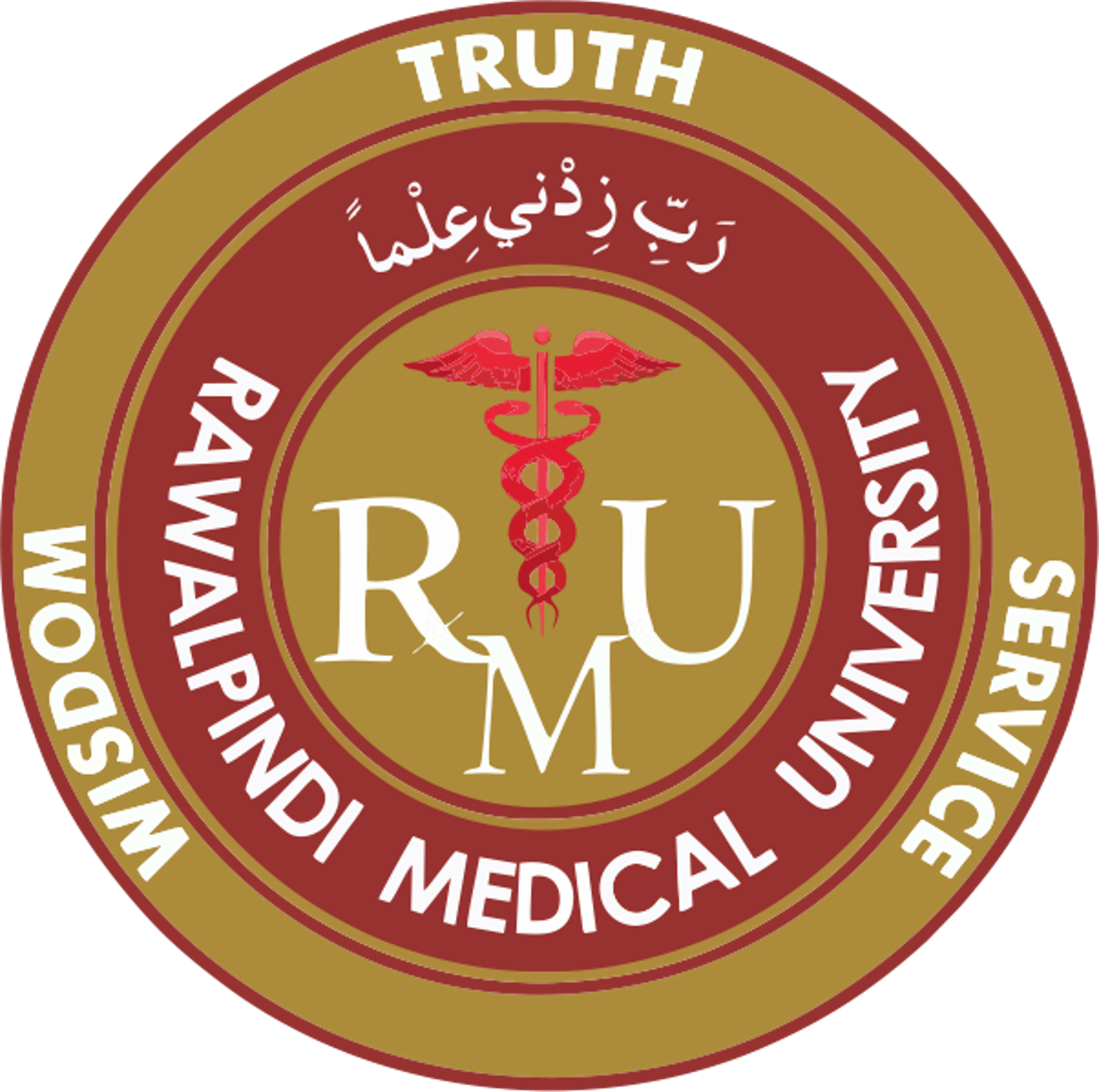
- About us
- Admissions
- Academics
- Research
- JRMC Website
- Covid-19
- Dengue Dashboard
- Resident Research Forum
- Research Model
- Research Faculty
- Research Unit
- Research Model
- Postgraduate Research Curriculum
- Plan for MS/MD Research
- Research Dashboard
- RMU Community Research Model
- Faculty Research Directory
- Research Forum
- Critical Trail Unit
- Conferences
- BASR
- Research Report 2024
- Research Guidelines
- Safeguarding Policy
- Data Management & Protection Policy
- Due Diligence Policy
- ORIC
- RMU AI
- JRMU
- Flood Relief
